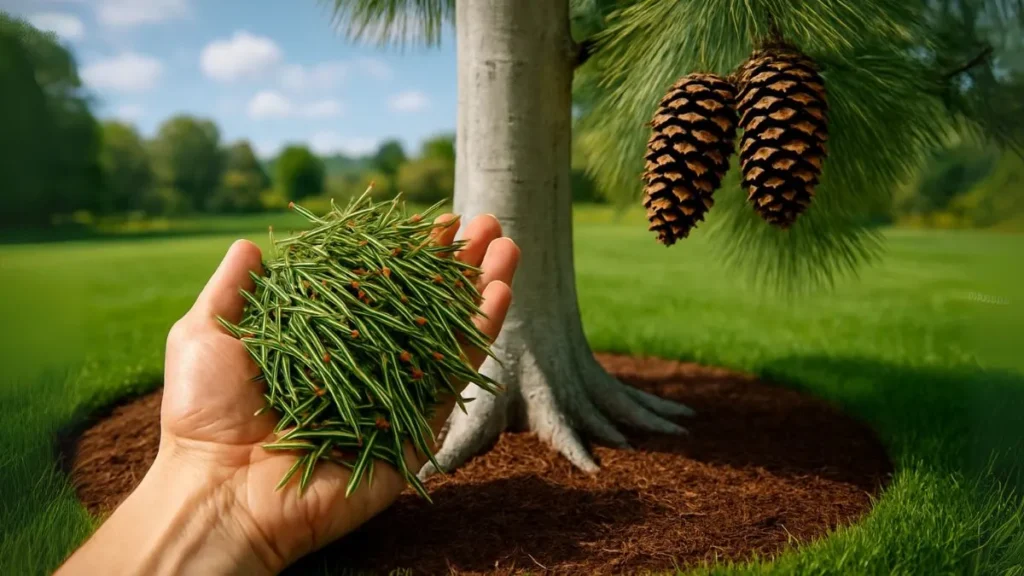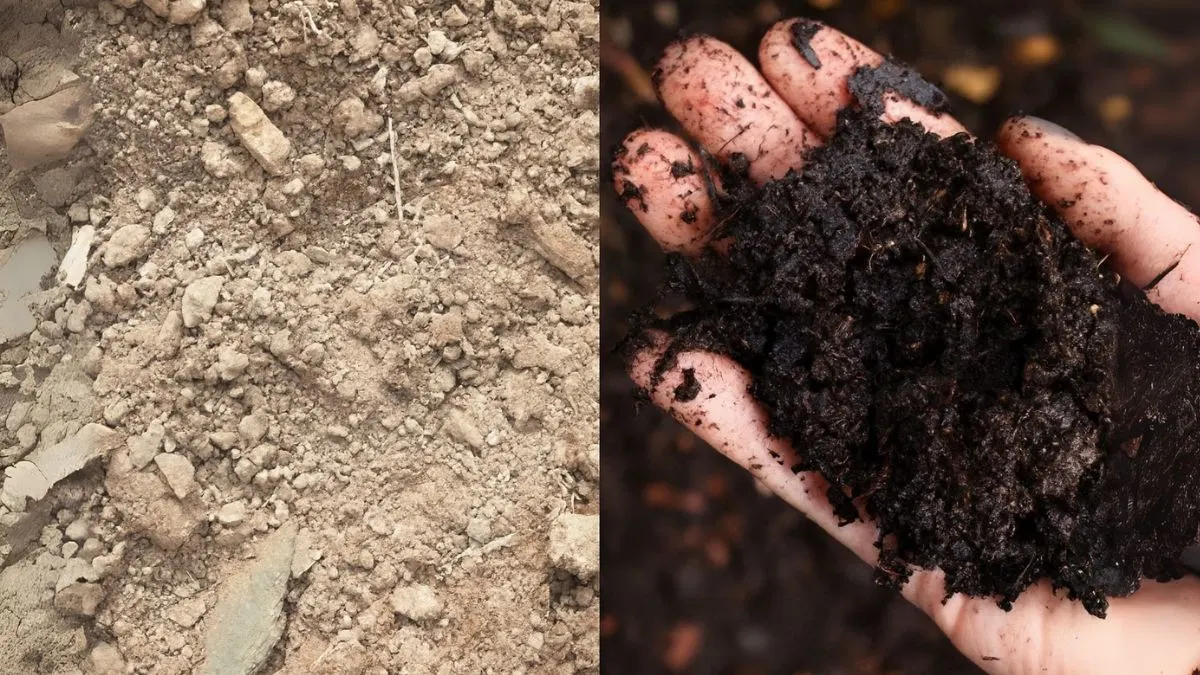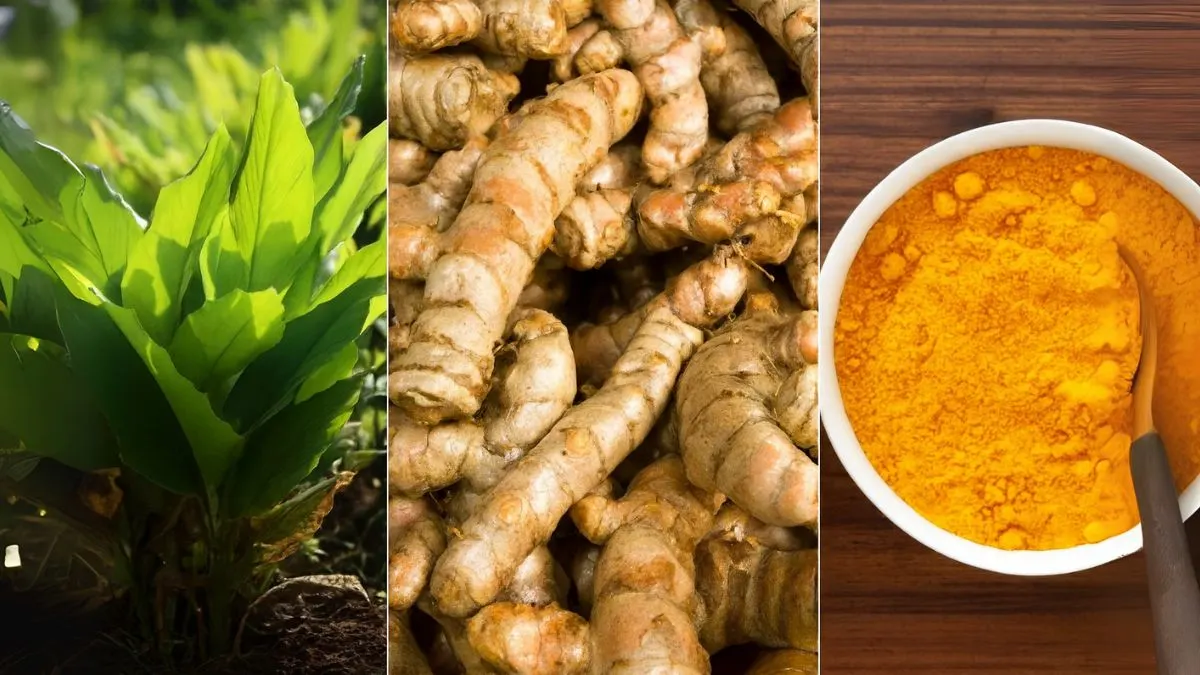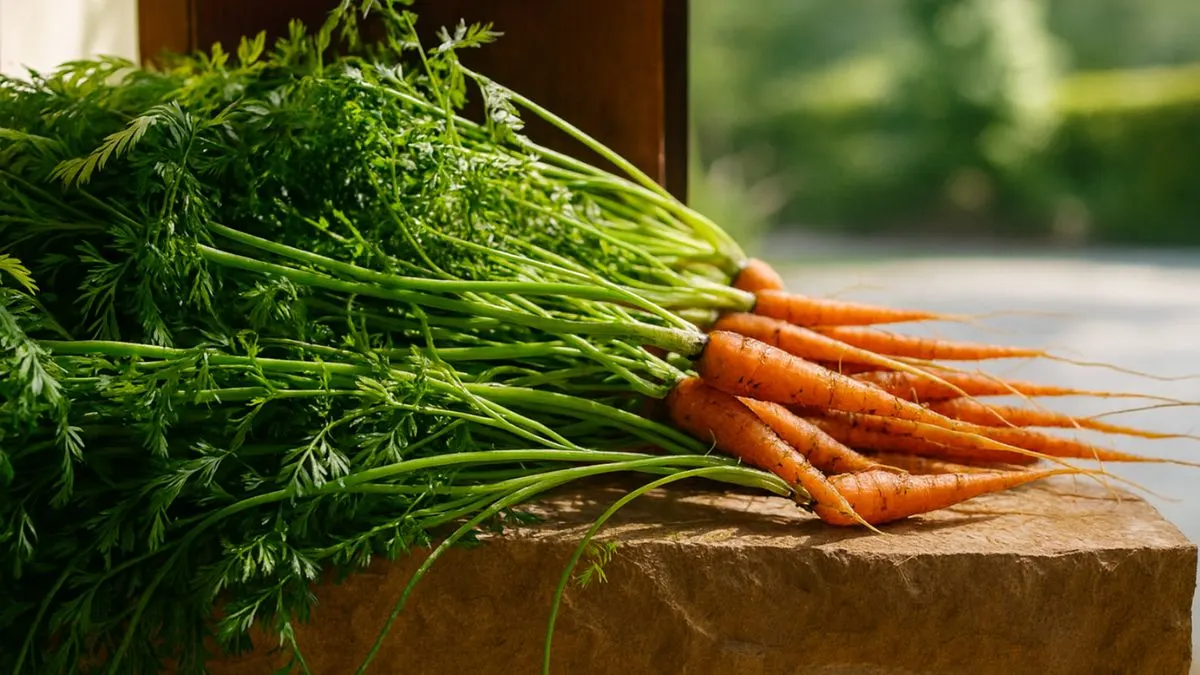If you live in an area with pine trees, you know the struggle—every fall and winter, your yard is covered in a soft, prickly carpet of needles. Most people see this as yard waste. But in reality, pine needles lie in ever-growing mats on the ground for a reason—they’re nature’s way of protecting and nourishing the soil.
Instead of bagging them up, you can harness their potential to create a healthier, more beautiful garden.
Why Gardeners Love Pine Needles
Across Canada, the USA, and even parts of Europe, seasoned gardeners are turning to pine needles as an eco-friendly, cost-free resource. Unlike store-bought mulches, pine needles are naturally lightweight, airy, and renewable.
They can be used as a natural mulch, offering benefits like weed suppression, moisture retention, and improved soil health without compacting around plant roots.

Pine Needle Mulch – Your Weed Control Secret
One of the biggest perks of using pine needle mulch is that it does a good job at limiting weeds. The dense yet airy layer blocks sunlight from reaching weed seeds while still allowing rain to pass through.
This means fewer hours spent pulling weeds and more time enjoying your garden.
Improving Soil Health Naturally
Over time, pine needles break down to add organic matter to your soil. This helps improve its structure, making it better at retaining moisture while still draining well.
They also trap air underneath them, preventing the soil from becoming compacted. For plants that thrive in loose, well-aerated soil—like blueberries, azaleas, and hydrangeas—they are a game-changer.
Also Read: From Daffodils to Tulips – Must-Grow Flowers for a Vibrant Spring
Acidity – A Benefit or a Concern?
It’s true that pine needles are acidic, especially when fresh. This makes them ideal for acid-loving plants. However, as they decompose, their acidity levels drop, making them suitable for most garden beds.
If you’re worried about pH levels, simply test your soil before applying a thick layer.
Safety First – The Fire Hazard Factor
While pine needles are excellent for mulching, they are easily ignited, and can be a fire hazard in dry, windy conditions. If you live in a wildfire-prone area, avoid using them near buildings and keep mulch layers thin.
A simple precaution is to use them in well-irrigated beds or mix them with less flammable mulch materials.
Pros and Cons of Pine Needle Mulch
| Pros | Cons |
| Suppresses weeds naturally | Easily ignited in dry areas |
| Improves moisture retention | Can be too acidic for some plants |
| Adds organic matter over time | Needs replenishing as it decomposes |
| Lightweight and easy to spread | Can blow away in high winds |
From Waste to Garden Gold
When I first moved to my home in British Columbia, I dreaded the thick carpet of pine needles every fall. I spent hours raking them away, only to see bare, dry soil underneath. A fellow gardener suggested trying them as mulch, and I’ve never looked back.
Not only did my garden beds look tidier, but my hydrangeas bloomed brighter, and my blueberry bushes thrived like never before.
Best Plants for Pine Needle Mulch
Because pine needles are acidic, they’re perfect for:
- Blueberries
- Rhododendrons
- Camellias
- Hydrangeas
- Azaleas
These plants benefit from the slightly lower pH and improved soil structure.
Also Read: Orchids That Bloom All Year: Stunning Varieties & Care Secrets
Tips for Using Pine Needles in Your Garden
- Apply a 2–3 inch layer around plants, avoiding direct contact with stems.
- Refresh the mulch annually as it breaks down.
- Use fresh needles for acid-loving plants; aged needles for general beds.
- Keep mulch layers thin in fire-prone regions.
Why Pine Needles Beat Other Mulches
While wood chips and bark mulch are common, pine needles have unique advantages. They’re lighter, don’t form a hard crust, and stay in place better than leaves. Plus, their airy texture prevents mold growth around plant bases.
Stop Raking, Start Mulching
Instead of viewing pine needles as a nuisance, see them as a free, natural resource. They enrich your soil, protect your plants, and help create a low-maintenance, eco-friendly garden.
Yes, they need thoughtful use—especially since they are easily ignited, and can be a fire hazard—but with proper care, they can turn into one of your garden’s best assets.



